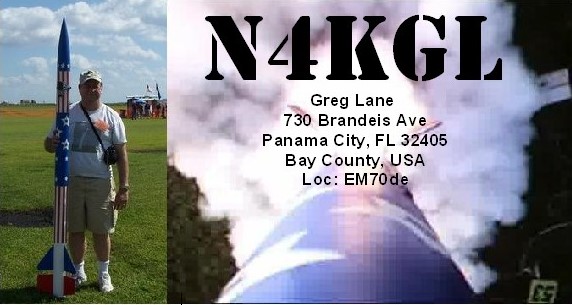On Friday, I extended my lunch with an hour of leave. The first step is to hook up the reflector to the coax and tune it for a frequency below the operating frequency. Tom recommends 27.800 for 10 meters CW. The other Bravo is down at this time. When the reflector is tuned remove the coax and put in a short at the feedpoint on the coil box. Now it is time to put up the second Bravo which will be the driven element. The spacing between the verticals is six feet for 10 meters. Since the reflector is so close to the driven element it does effect the tuning. I used an analyser. I did have to shorten the driven element from the usual length and set the SWR dip for 28.100.
I had only a short time for contacts. I found the rejection from the back to be striking. A station pounding in from New England went way down when I walked the reflector around in his direction. I did a CQ to see what the Reverse Beacon Network would give me. For HK6F in Columbia I got RBN of S/N 17 db on the front and 6 db on the back While it was pointed South I worked XE2JS in Northern Mexico with a 57 copy on me running 10 watts SSB. I also got a 57 from CD3HSC in Chile.
OK this was not a scientific evaluation but it is promising. I look forward to setting a parasitic array on the beach to take advantage of some gain plus the saltwater effect. It will be my reverse DX-pedition. You can find some analysis of vertical arrays on N6BT.com .


